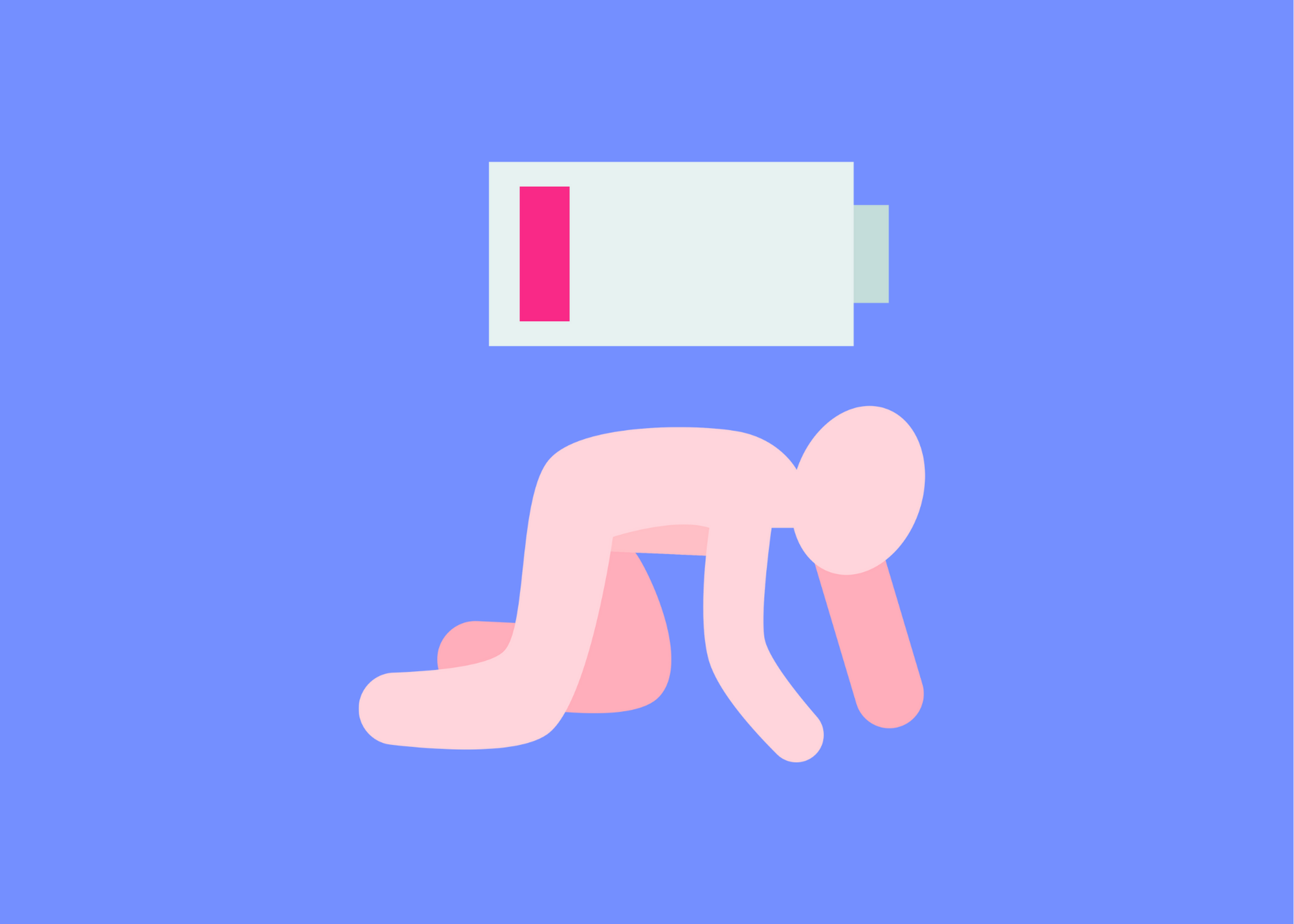Lifequakes: The Unwelcome Shake-Up That Might Just Save Your Life
Every ending is a new beginning. The old version of you wasn’t meant for this new chapter.
You didn’t plan for this. In fact, you planned for the opposite. Your career trajectory was locked in, your five-year goals were crystal clear, and your life was unfolding exactly as it should—until it wasn’t. Enter the lifequake: the kind of seismic event that shatters your plans, rattles your identity, and leaves you staring at the wreckage of what used to be your comfort zone.
At first, it feels like devastation. The layoff, the breakup, the health scare, the burnout that finally flattened you—these aren’t just bumps in the road; they’re full-scale detours. But here’s the thing about lifequakes: while they feel like destruction in the moment, they’re often the catalyst for something much greater—personal transformation, a recalibration of priorities, and, yes, even a rebirth.
The Science of Lifequakes: Why We’re So Bad at Dealing with Them
Humans love certainty. The brain craves predictability because it conserves energy. When something destabilizing happens, the amygdala (your built-in alarm system) lights up like a Christmas tree, flooding your system with stress hormones and triggering fight-or-flight mode. Meanwhile, the prefrontal cortex—your rational, problem-solving HQ—takes a backseat, making it harder to process, plan, or see opportunity amid the chaos.
That’s why lifequakes feel so overwhelming. Your brain is wired to resist them. But—and this is key—they’re also where the real growth happens.
Research from psychologists like Dr. Bruce Feiler, who coined the term “lifequake” in his book Life Is in the Transitions, shows that major life disruptions are not just inevitable; they’re essential. They force us to reevaluate our purpose, strip away the nonessential, and push us into the kind of deep self-examination we rarely make time for otherwise.
The Three Stages of a Lifequake (And How to Get Through Them)
If you’re currently in the throes of a lifequake, congratulations—you’re on the verge of transformation. But let’s be honest: it doesn’t feel that way when you’re in it. Here’s what to expect and, more importantly, how to navigate it:
1. The Shock & Fallout Phase: “What the Hell Just Happened?”
What It Feels Like: Confusion, panic, grief, and a desperate attempt to hold onto what was.
Common Mistakes: Rushing into the next thing too quickly, avoiding emotions, numbing out (hello, Netflix binge and bottomless Pinot Noir).
What to Do Instead: Slow down. Process before you pivot. Research shows that suppressing emotions only amplifies stress responses. Instead, embrace discomfort as part of the recalibration process. Journaling, therapy, and movement (even just walking) can help regulate your nervous system.
2. The In-Between: “Who Am I Without the Old Story?”
What It Feels Like: Uncertainty, self-doubt, imposter syndrome, a craving for clarity.
Common Mistakes: Trying to rebuild too quickly, clinging to old identities, refusing to let go of sunk costs.
What to Do Instead: This is the messy middle, the identity shift. You’re not who you were, but you’re not yet who you’re becoming. Give yourself space. Reconnect with curiosity—explore new interests, read outside your industry, experiment with small changes. This is the foundation for reinvention.
3. The Reinvention: “I Didn’t See This Coming, But Damn, It’s Good”
What It Feels Like: Clarity, renewed purpose, energy, and finally, a sense of direction.
Common Mistakes: Trying to replicate your old life instead of embracing what this shift has revealed.
What to Do Instead: Own your new narrative. Studies on post-traumatic growth suggest that people who frame their disruptions as meaningful transitions rather than losses are more likely to emerge stronger, more creative, and more fulfilled. What lessons are you taking forward? What no longer fits? Lean into those answers.
Lifequakes and Burnout: The Disruption You Didn’t Know You Needed
For high-achievers, burnout itself is often a lifequake—one that forces a complete reevaluation of priorities. If your exhaustion, stress, or health issues have hit critical mass, this is your invitation to reassess. Are you pursuing success at the expense of your well-being? Are you addicted to productivity at the cost of presence? Sometimes, a forced slowdown is the only way to course-correct.
How to Future-Proof Yourself Against the Next Lifequake
Spoiler alert: this won’t be your last lifequake. But you can build resilience so the next one doesn’t hit as hard.
Develop a “Lifequake Toolkit.” Emotional agility, mindfulness practices, a strong support network, and a flexible mindset will all help you weather the next storm.
Adopt a Growth-Oriented Identity. Instead of defining yourself by your job, relationship, or achievements, shift to an identity based on adaptability and learning. You are not your title; you are your ability to evolve.
Train Your Nervous System. Chronic stress keeps you in survival mode. Strengthen your ability to return to baseline through breathwork, strength training, nature exposure, and high-quality sleep.
Final Thoughts
Your first reaction to a lifequake will likely be resistance. That’s normal. But the people who come out stronger aren’t the ones who cling to what was—they’re the ones who get curious about what could be.
Whether you’re in the middle of a career upheaval, an identity shift, or a complete reinvention, remember this: the old version of you wasn’t meant to survive this chapter. The new one? They’re just getting started.
And they’re going to be unstoppable.
Article References
The sources cited in the article:
Bruce Feiler. "Life Is In the Transitions." Bruce Feiler Website
Forbes. “How to Handle Lifequakes and Life Disruptors.” Forbes - How to Handle Lifequakes and Life Disruptors
Fast Company (FC). "8 Ways to Take Charge of Your Life When It Feels Too Chaotic to Manage." FC - Take Charge of Life
The New York Times (NYT). “Feeling Stuck? 5 Tips for Managing Life Transitions.” NYT - Tips for Managing Life Transitions






